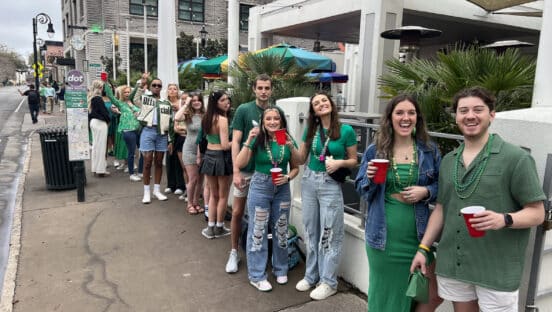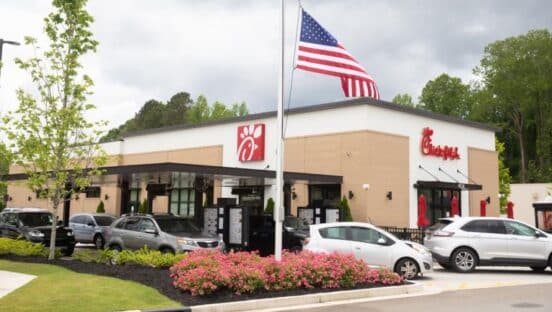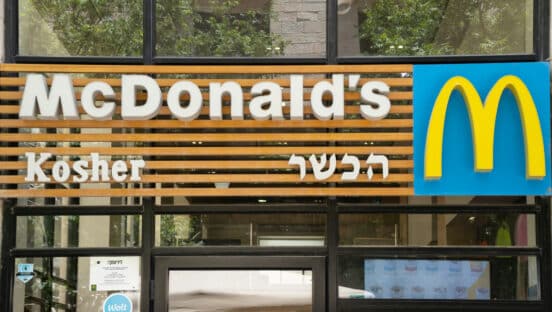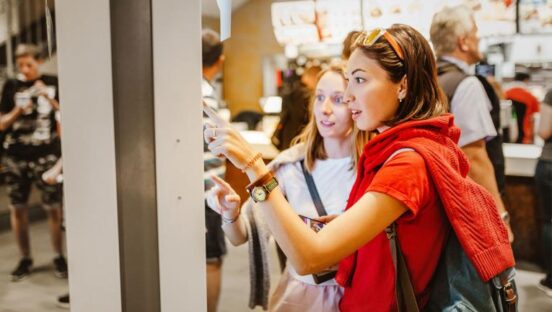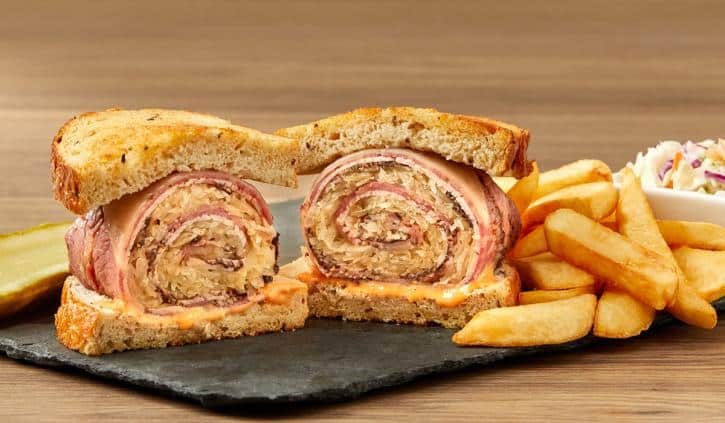
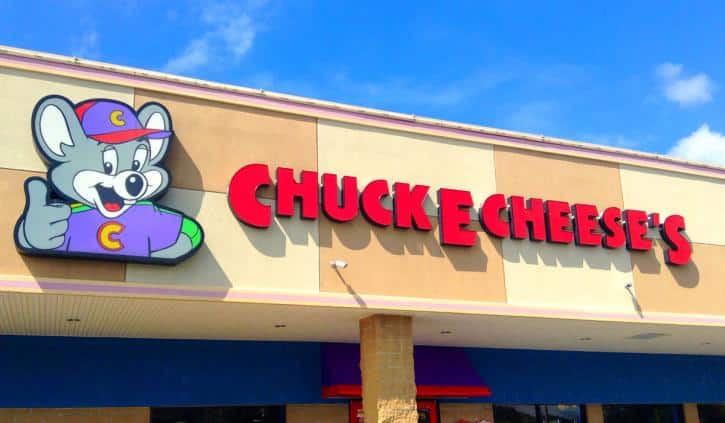
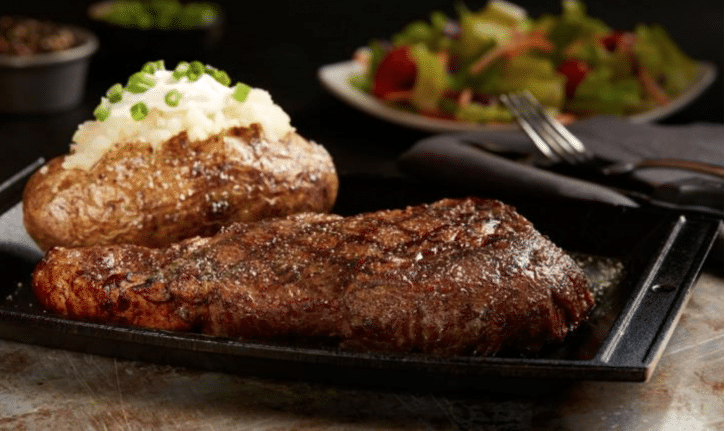
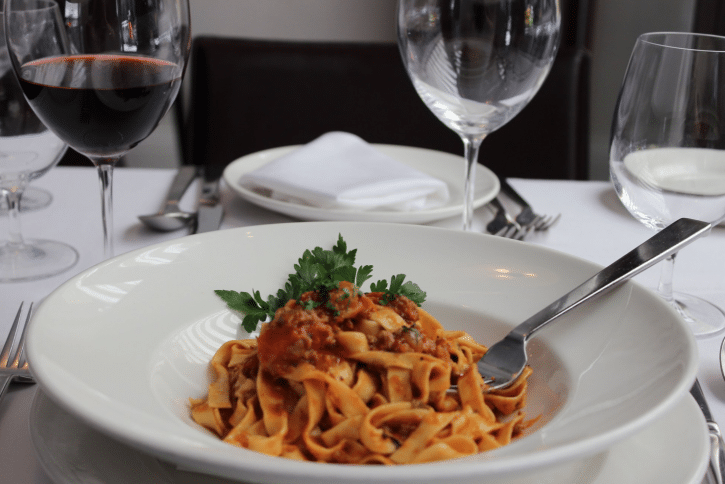
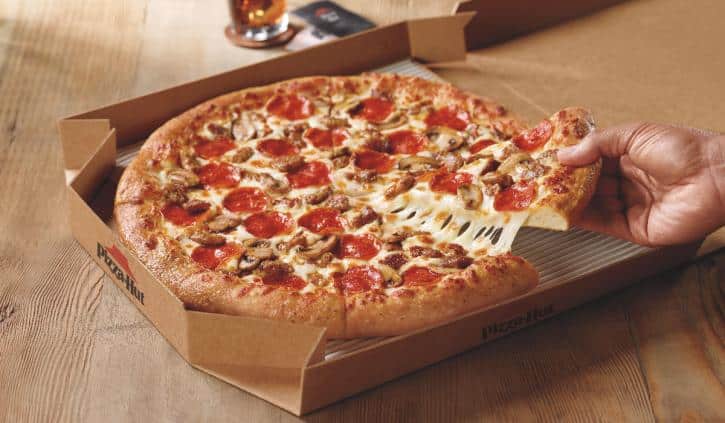
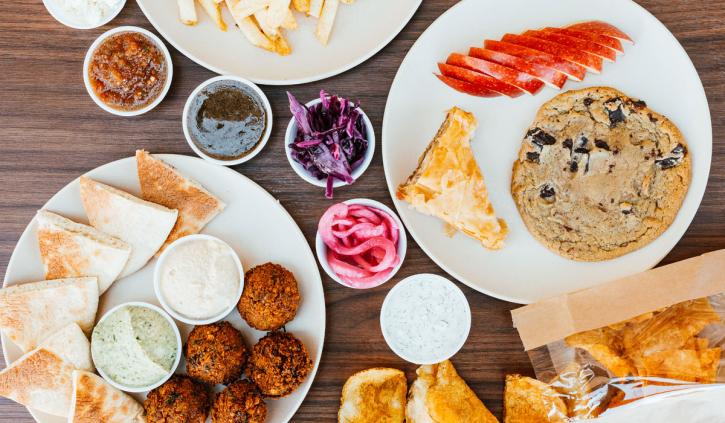
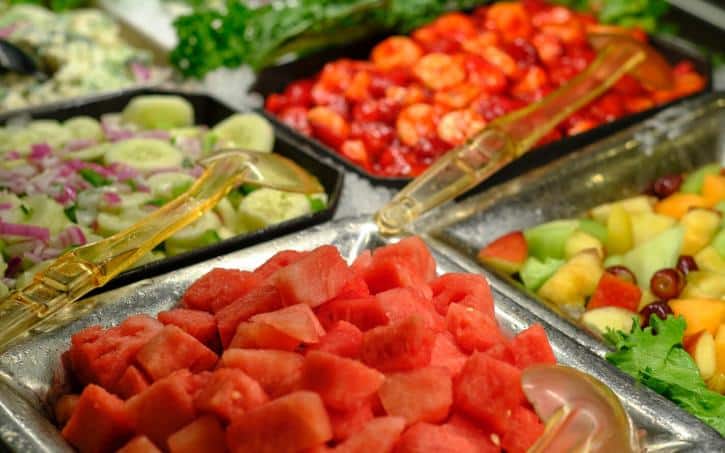
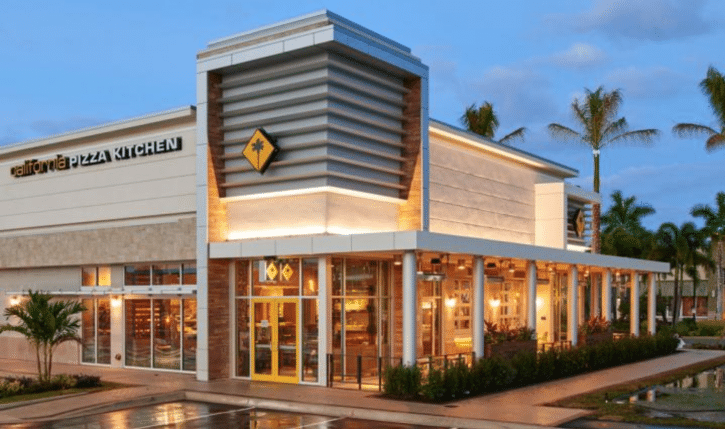
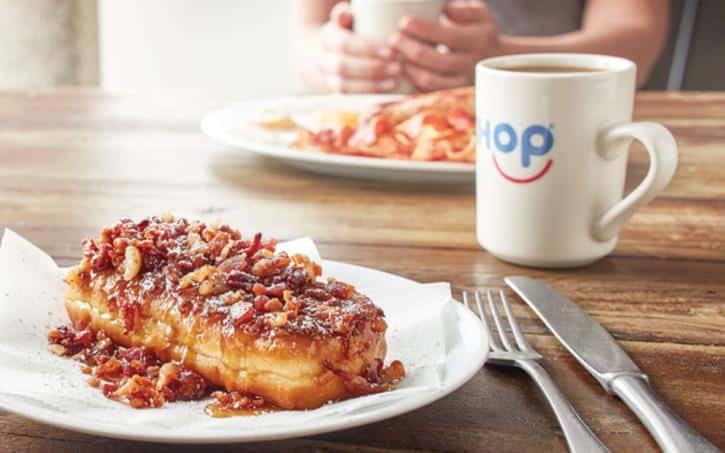
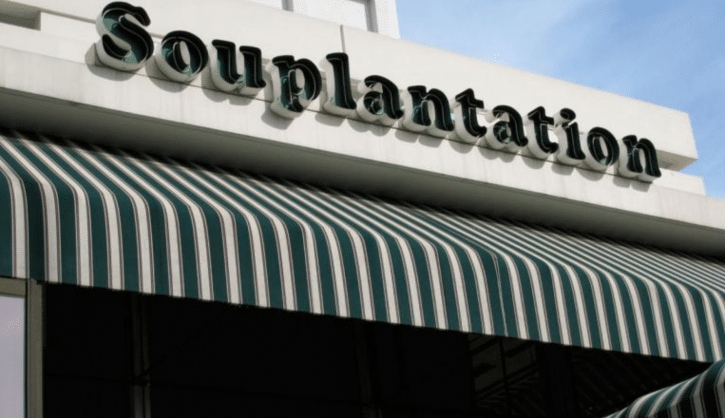
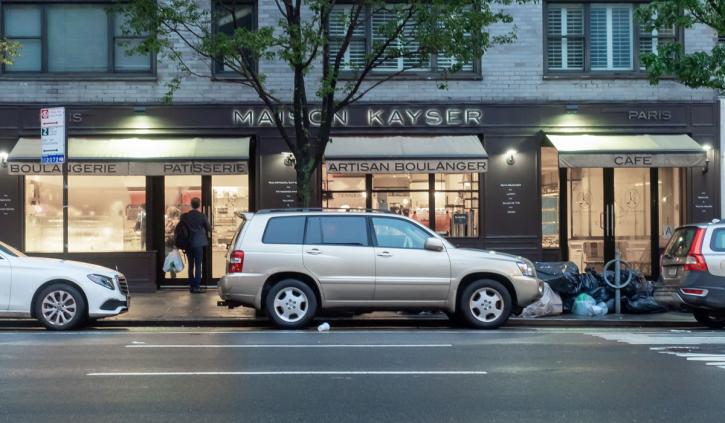
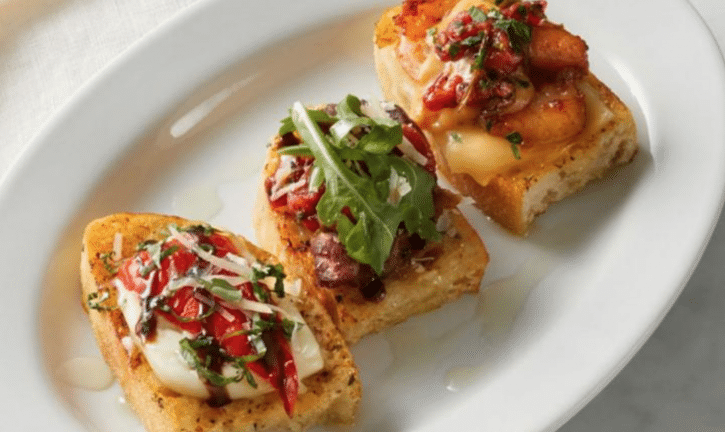
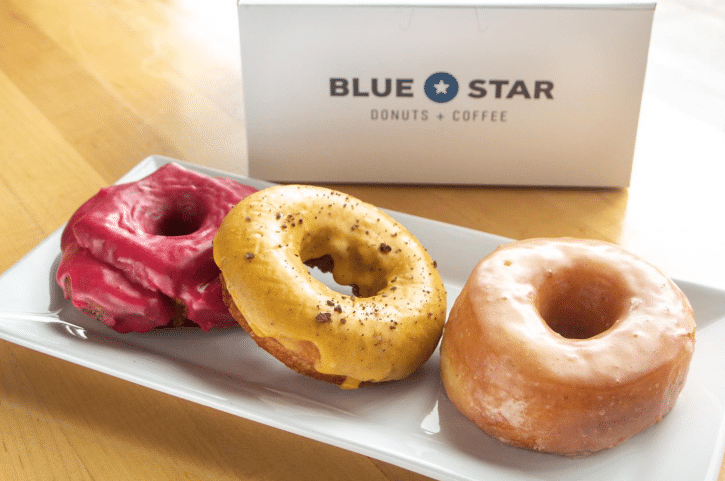
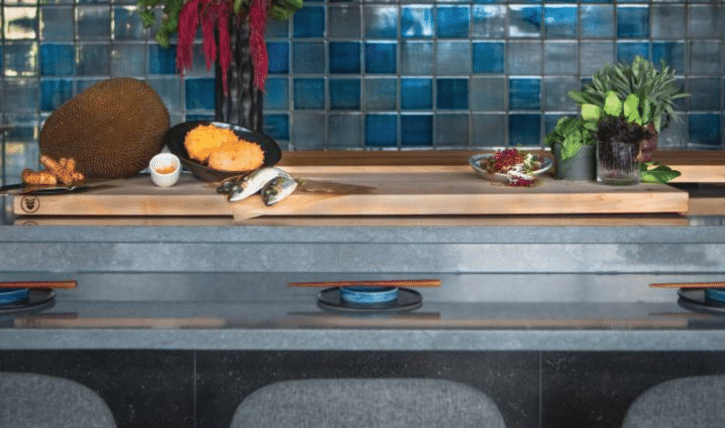
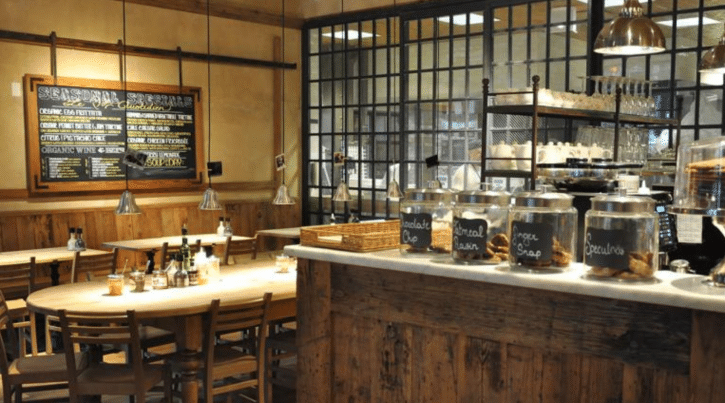
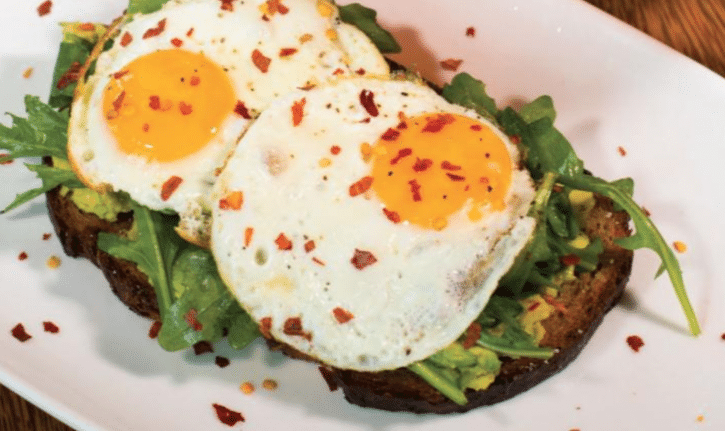
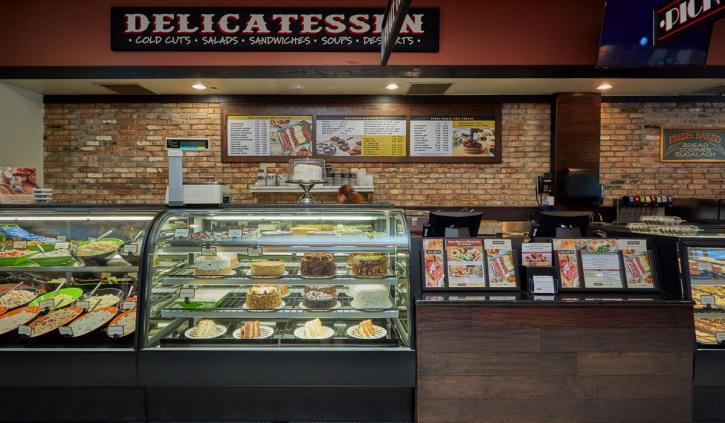
Reorganizing the business
The restaurant industry was forever changed when the COVID pandemic started in March. For all intents and purposes, it became survival of the fittest. Dining rooms across the country shut down, forcing brands to quickly pivot to off-premises business.
The switch in operations wasn’t as easy for companies that relied heavily on the indoor dining. For others, downward sales trends prior to the crisis were exacerbated. As a result, several chains were forced to enter bankruptcy to reorganize debt, and in some cases, find a buyer.
These 16 chains, pressed by the pandemic, turned to federal court proceedings in an attempt to move their business forward.
Chuck E. Cheese
The COVID crisis has taken its toll on the company. CEC Entertainment, the parent company, said that from March 17 to 26—when dining and arcade rooms were first closed—comparable venue sales dropped 94 percent year-over-year. The brand quickly shifted its focus to carryout and delivery. In early April, the company furloughed most of its hourly employees and approximately 65 percent of its support center personnel and suspended rent, which costs $7 million per month. Later in April, it formed a restructuring committee to evaluate strategic alternatives, including a possible bankruptcy filing.
In September, the brand received $200 million in financing from its first lien lenders to lift itself out of bankruptcy. Chuck E. Cheese is also aggressively leaning into contactless service via the roll out of e-tickets and mobile ordering inside dining rooms. The company decided to destroy seven billion paper tickets as part of this effort.
Sizzler
The proceedings are for the company’s 14 corporate units, which will remain open during bankruptcy. It doesn’t include the more than 90 franchised restaurants. Sizzler is hoping to renegotiate leases and restructure debt and then emerge after about 120 days. CEO Chris Perkins said in a press release that the bankruptcy was directly related to long-term indoor dining closures and landlords’ refusal to provide rent abatements.
Most of Sizzler’s footprint is located in California, which has had tight restrictions on indoor dining throughout the pandemic. In the Golden State, dining rooms were re-closed indefinitely in July after rising COVID cases. In late August, California Gov. Gavin Newsom announced a color-coded, tiered plan that determined whether a county would be allowed to reopen indoor dining. Orange County, where Sizzler is based, has reopened at 25 percent capacity.
Sizzler was founded in 1958 by Del and Helen Johnson in Culver City, California, a time when a steak dinner cost just 99 cents.
Il Mulino
The 16-unit company filed on behalf of seven locations across Miami, Puerto Rico, Las Vegas, Long Island, and Atlantic City. The locations not included in the filing are five New York City stores—the flagship in Greenwich Village and four locations in Manhattan—and two in Florida, one in Tennessee, and another in the Poconos.
Co-owner Gerald Katzoff claimed that almost immediately after Il Mulino received Paycheck Protection Program funds, lender Benefit Street Partners began to implement plans to take over the company, including “putting in place a path for BSP to wipe out all stakeholders in a debt to equity conversion play” without giving the brand an opportunity to “stabilize operations and run a fair and transparent process toward finding an exit out of the COVID-19 lockdown.”
BSP did not relent, and negotiations failed. So the restaurant filed bankruptcy to “curtail those efforts and to further explore various restructuring alternatives.”
NPC International
NPC, which oversees roughly 1,200 Pizza Hut locations and 400 Wendy’s units, is one of the largest franchisees in the U.S. In the filing, chief restructuring officer Eric Koza said that in recent years, NPC’s Pizza Hut franchises have seen a huge drag on profitability because of a lack of sales growth, volatility in the commodities market, and increased labor pressures. In August, NPC—the largest Pizza Hut franchisor in the U.S.—reached an agreement with Pizza Hut to close up to 300 stores.
NPC is hoping to fetch at least $400 million for its Wendy’s units and at least $325 million for its Pizza Hut locations. If NPC chooses not to pursue a sale, or only part of the business is sold, the bankruptcy plan allows for a switch to a comprehensive restructuring plan of its balance sheet to reduce debt and increase cash flow.
Garbanzo Mediterranean
According to the bankruptcy filing, Garbanzo faced financial distress prior to the pandemic. As of December 24, the company had negative retained earnings of roughly $22.5 million and long-term liabilities of $15.6 million. It saw a loss of $2.2 million in 2019. The situation was exacerbated in March when Garbanzo was forced to shut down dining rooms and switch to off-premises only. The filing said the restaurant experiences little profitability from delivery because of third-party fees. Catering was among the chain’s most successful channels, but sales declined because of stay-at-home orders.
As a result, overall sales were down on average between 50 percent and 75 percent from March to mid-May. As of now, sales are down 20 percent on average, but catering is still down 90 percent. Garbanzo attributed the improvement in sales to reopening dining rooms at 50 percent capacity.
K&W Cafeterias
The company entered 2020 with 28 locations across North Carolina, South Carolina, Virginia, and West Virginia, but has since reduced its footprint to 18 stores. The open stores will continue serving customers during the bankruptcy proceedings. The brand is deciding between selling its open locations as going concerns—individually and/or as a group—or opting for a more traditional reorganization, which may include a sale at a later date.
During the pandemic, the restaurant received a Paycheck Protection Program loan worth $6.73 million and used it to save 500 jobs. K&W President Dax Allred said that in the past few years, the team has made progress in modernizing its cafeterias, such as the rollout of online ordering and delivery. But the COVID pandemic proved too much to bear, given the restaurant’s model and older demographic. Allred told the News & Observer in late August that sales tanked 80 percent at the peak of the pandemic.
California Pizza Kitchen
Before filing, the brand entered into a restructuring agreement with senior lenders that will reduce debt by $230 million (from $430 million to $174 million) and provide $46.8 million in financing to continue operations, pay vendors and employees, and provide for ongoing commitments to stakeholders.
Because dine-in represented 78 percent of sales, the closure of dining rooms greatly impacted operations. By the final week of March, weekly net sales were $2.5 million, compared to $11.3 million in the year-ago period—a 77 percent drop. The company closed 46 restaurants that weren’t suitable for off-premises. In its pivot to off-premises only, the brand leveraged web-based delivery and relationships with third-party delivery companies. It also created CPK Market, a way for customers to purchase traditional menu items and grocery items.
Since then, net sales have recovered somewhat, but were still down more than 40 percent in the last week of June.
CFRA Holdings
CFRA Holdings and its affiliates CFRA LLC and CFRA Tri-Cities LLC operate 49 IHOP stores in South Carolina, North Carolina, Tennessee, and Virginia. The group is based in Pinellas County, Florida.
The group said it lacks the liquidity to repay debt or run operations due to the closing of dining rooms. CFRA and the affiliates said they want to gain a “breathing spell” in order to maximize the value of their estates and minimize any further effects from the COVID-19 pandemic. The company plans to “expeditiously pursue” a sale process and sell off its franchises in one or more transactions. All employees were paid and laid off prior to the bankruptcy filing. The companies have a combined $22.8 million in unsecured debt and earned $78.3 million in revenue last year.
Garden Fresh Restaurants
The 97-unit Southern California brand, parent of Souplantation and Sweet Tomatoes, opted for a Chapter 7 filing, meaning it will surrender its assets and close permanently.
Garden Fresh was a self-service chain known for its 50-foot salad bar, soups, pastas, breads, and desserts. However, given the COVID-19 pandemic and increased safety concerns from consumers, the company found it difficult to continue operations. Pre-COVID, traffic was rising and stores were undergoing renovations. But sales plummeted as dining rooms were asked to close. Former CEO John Haywood said there weren’t any feasible options for takeout and there wasn’t any path to reopening.
Robert Allbritton, chairman of Perpetual Capital Partners, the firm that bought the chain out of bankruptcy a few years ago, told the San Diego Tribune that he wrote a $2.5 million check in April to help cover payroll for the approximately 4,400 employees.
Maison Kayser
According to the court filing, Cosmoledo—the licensee of Maison Kayser’s U.S. stores—is seeking the court’s approval of Aurify Brands as a “stalking horse” bidder. As part of the asset purchase agreement, Aurify intends to buy all or substantially all assets in exchange for $3 million plus the value of the credit bid and the assumption of liabilities.
The company anticipated that in-store dining would resume in June, but it became clear that New York’s phased approach wouldn’t allow enough operations to recover financially. The state planned to reopen in-store dining on July 6, but it was pushed back indefinitely due to rising COVID cases. Faced with an uncertain future, Cosmoledo decided to not reopen stores and sought restructuring alternatives in mid-July. It wasn’t until Wednesday that New York Gov. Andrew Cuomo announced that in-store dining would return to NYC on September 30.
FoodFirst Global Restaurants
The bankruptcy came after the company—which oversees Brio Tuscan Grille and Bravo Italian Kitchen—closed 71 of its 92 U.S. locations in March, and furloughed 6,000 employees, with open stores using a limited carryout and delivery model.
FoodFirst, formed in 2018, spent $100 million to purchase and take Brio and Bravo private. At the time, the two brands operated a combined 110 locations in 32 states and had sales in excess of $400 million in 2017. As part of the changes, headquarters moved from Columbus, Ohio, to Orlando, Florida, and new Italian Mediterranean menus were implemented. The changes did not have the intended effect as sales dropped to $307 million in 2019.
On June 12, Earl Enterprises—parent of Planet Hollywood, Buca di Beppo, Bertucci’s, Earl of Sandwich, and Chicken Guy!—announced it finalized the $30 million purchase of the two Italian brands. Some upgrades may include changes to the menu, uniforms, music, flatware, and upholstery.
Blue Star Donuts
CEO Katie Poppe said in a court filing that Oregon’s stay-at-home order on March 17 forced the brand to shut down operations at all locations. On the same day, the company laid off 80 of its 100 employees. She described the pandemic as “immediate and devastating to the company’s financial condition.”
From Blue Star’s founding in 2012 until March 17, the brand used a “hub-and-spoke” model in which doughnuts were prepared in a central location and transported to each unit across Portland. During that time, 100 percent of sales were from inside the four walls. However, once COVID hit, production halted, inventory became exhausted, and revenue “completely disappeared overnight.” The company moved forward with its “Blue Star 2.0″ strategy, which includes e-commerce delivery, wholesale, and a scaled-down retail footprint.
In addition to COVID, a back-and-forth legal battle with a landlord impeded the implementation of the strategy and forced the brand into bankruptcy.
Sustainable Restaurant Group
Before the pandemic, the Bamboo Sushi parent was performing well. Revenues reached $18.1 million in 2019, up 35 percent from the previous year. But in late February and early March, the COVID-19 pandemic “severely disrupted” operations.
Portland-based investment firm Sortis Holdings announced in July that it acquired Sustainable Restaurant Group out of bankruptcy. The firm said it intends to reopen restaurants, rehire furloughed employees, and implement the growth strategy that was interrupted by the pandemic. While that strategy is underway, Sustainable Restaurant Group is continuing to offer off-premises at three locations in Portland. The firm will operate nine locations across Portland, Seattle, the Bay Area, and Denver.
Sortis purchased the brand in conjunction with its Sortis Rescue Fund, a $50 million investment fund that “look to capitalize on ‘once-in-a-cycle’ real estate and business opportunities created as a result of the COVID-19 outbreak.”
Le Pain Quotidien
Le Pain Quotidien agreed to sell its U.S. assets to restaurant operator Aurify Brands for $3 million through a Chapter 11 bankruptcy proceeding. Aurify Brands later said that it would open more than 40 of the 98 units, which all closed due to the COVID pandemic.
The restaurant’s downfall was trigged by several pressures: saturation of the market, expensive leases, underperforming stores, corporate turnover, changes to the supply chain and store staffing strategies, lack of investment in remodels and digital platforms, and an industry shift to off-premises. In 2019, Le Pain Quotidien attempted to address its issues with multiple initiatives, including acceleration of its to-go and digital channels.
The onset of the COVID-19 pandemic in March definitively ruined those plans. When dining rooms closed, the chain attempted to operate via off-premises at some stores, but it wasn’t profitable. By March 22, every restaurant shut down and all but a few employees were terminated.
BarFly Ventures
Michigan-based BarFly Ventures, the parent of HopCat, Stella’s Lounge, and Grand Rapids Brewing Co., said the goal of the bankruptcy was to reduce debt and position itself for long-term growth.
Mark Sellers, founder of BarFly, noted that increased competition and saturation of the craft beer market were also significant obstacles for the company. BarFly closed all of its locations in mid-March with the onset of the COVID pandemic. MLive reported that HopCat, which has 14 locations, tried takeout, but the strategy proved ineffective with the company losing cash.
The brand was founded in 2008 with the opening of HopCat in Grand Rapids, Michigan. In the years following, HopCat’s expansion was financed through debt rather than cash to speed up growth, according to the media outlet. Then some underperforming locations shut down, and the COVID pandemic worsened matters. The brand faces more than $30 million in debt.
TooJay’s Deli
TooJay’s Deli said it September that it emerged from bankruptcy after beginning the court proceedings back in the spring.
The restructuring process allowed the company to emerge debt free, which it believes will provide significant financial flexibility to support its operations. The company’s new owner, Monroe Capital, is providing capital to support growth in the business going forward.
CEO Max Piet said the bankruptcy was a “direct result of the devastating economic impact of the COVID-19 pandemic.” The filing said business was operating profitably, prior to the COVID-19 outbreak. There were plans to expand the chain into more parts of Florida and the Southeast. But in March, the pandemic caused “the temporary or indefinite closure of the majority of Debtors’ restaurants and seriously affected the Debtors’ operations, revenues, and workforce.”
Despite the bankruptcy, TooJay’s locations remained open in accordance with CDC, federal, state, and local guidelines.








